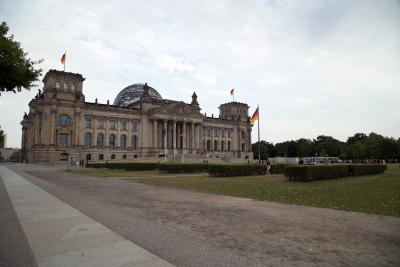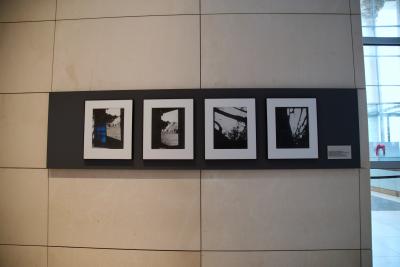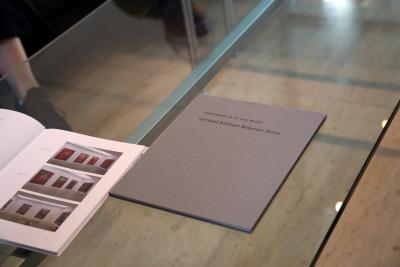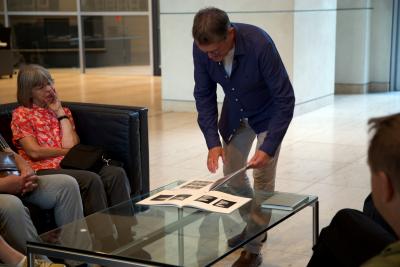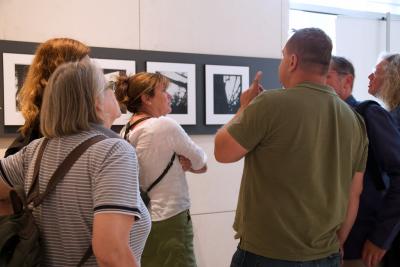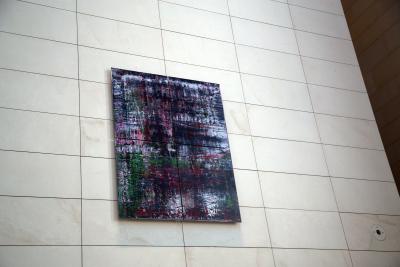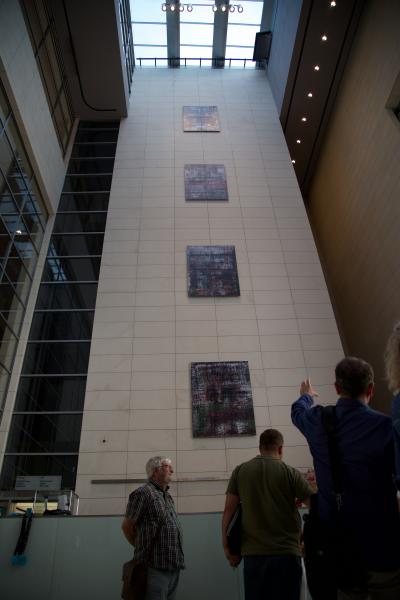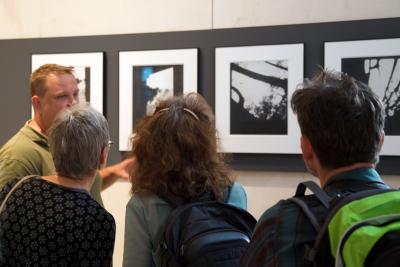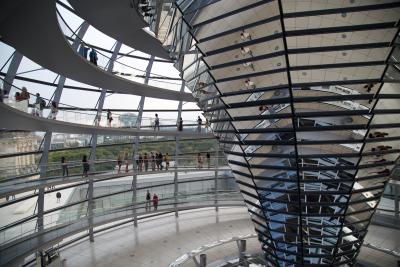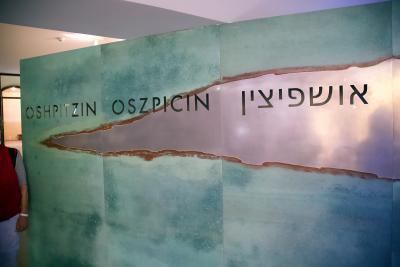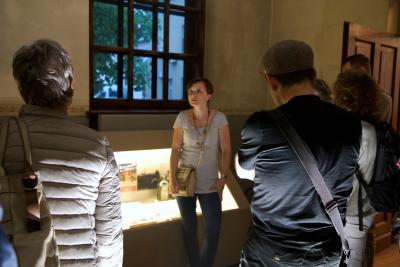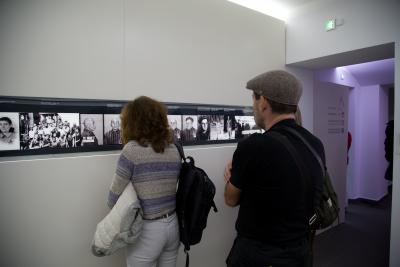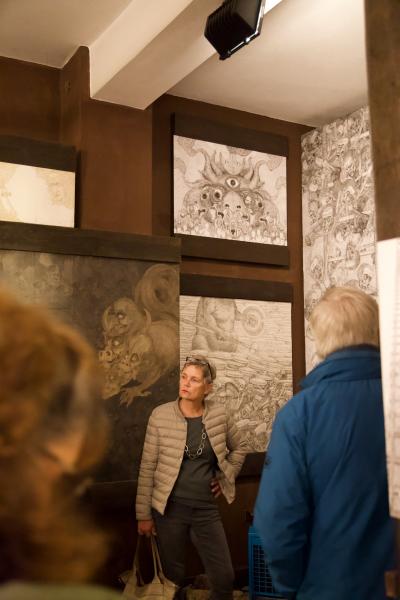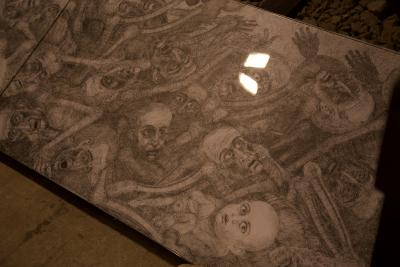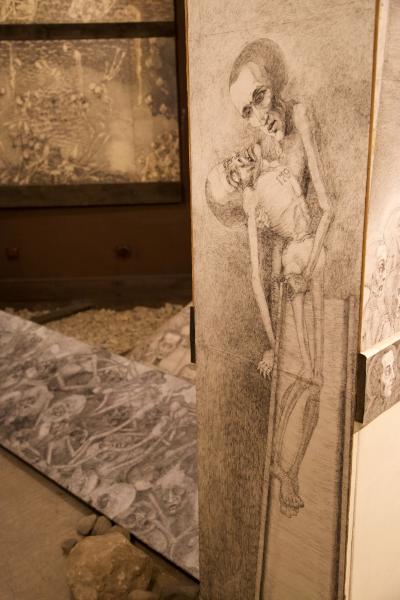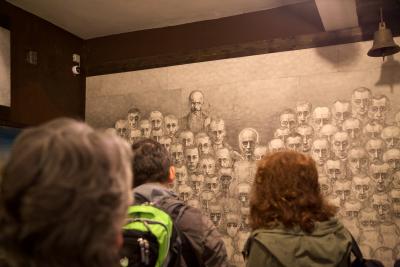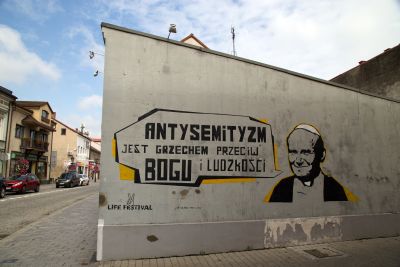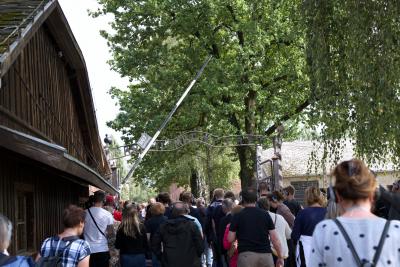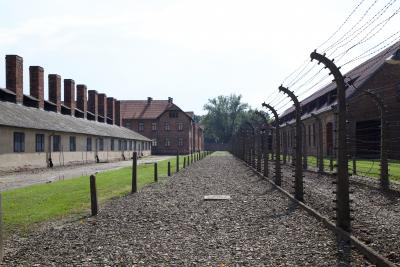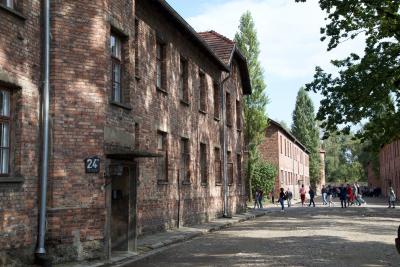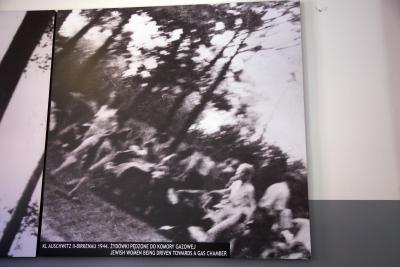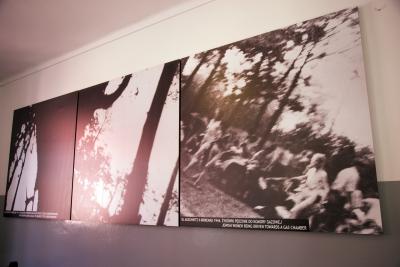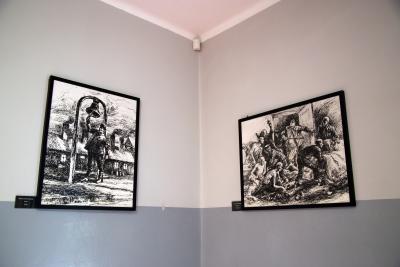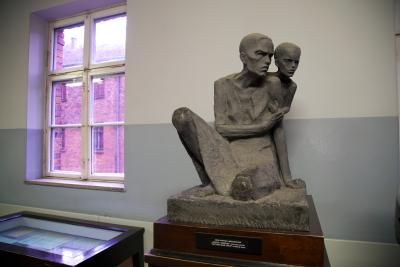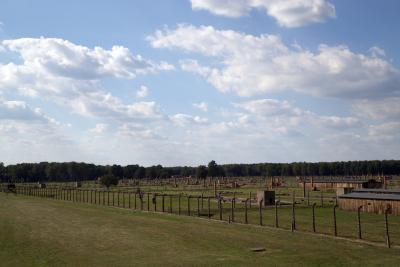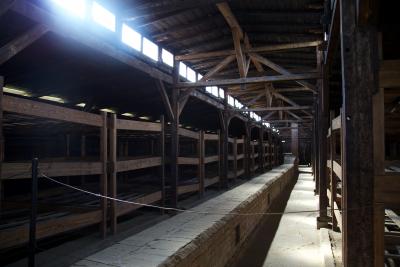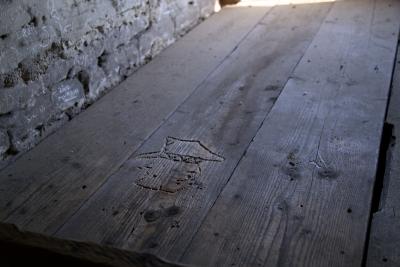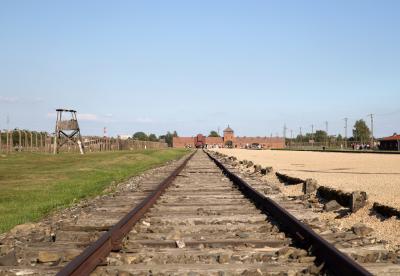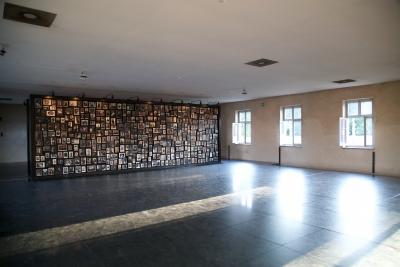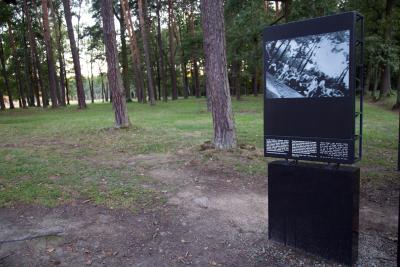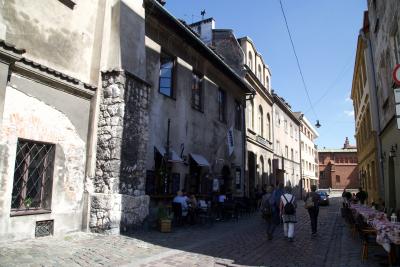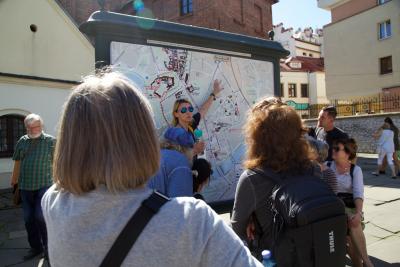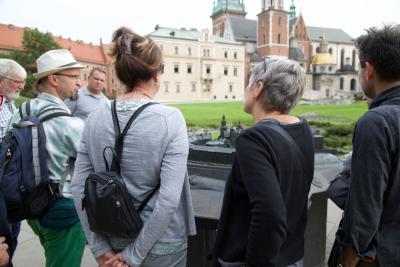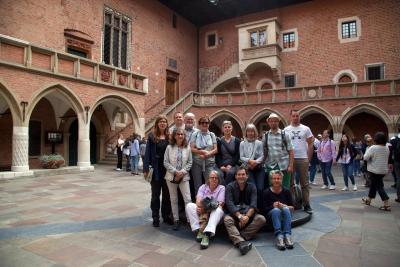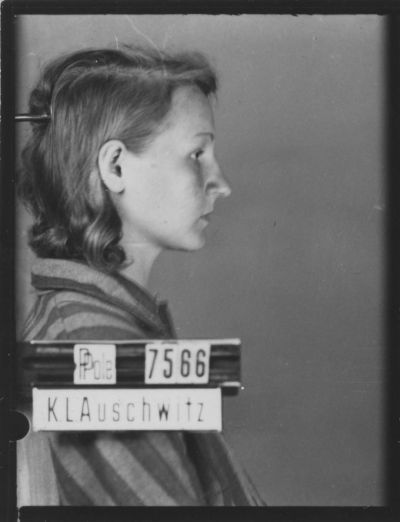On the trail of art after the horrors of Auschwitz. Dispatches from a study trip.

Station 3: Kraków or Epilogue
After a few varied, informative but also exhausting days, the group’s journey ended just one hour away in Kraków, the former royal city. The old town with its tourists seems hundreds of light years removed from the Auschwitz-Birkenau State Museum. But even in this town with its glorious past, traces of the persecution of Jews, of the horrors of the Holocaust and of the artistic handling of it can be found in any number of places. One last highlight was the meeting with the Auschwitz survivor Lidia Maksymowicz, who was one of the children abused by Josef Mengele under the pretext of medicine. With a gentle smile, Lidia Maksymowicz faced the tense – and reverent – group who met up with her in the Żydowskie Muzeum Galicja (Jewish Museum of Galicia). As she gave her account, you could tell that she is practised in telling her story. The story of a girl who, as far as historical studies show, survived Auschwitz the longest. A girl who, after the camp was liberated on 27 January 1945, grows up with a family in the town and only years later is reunited with her birth mother, who was living in the former Soviet Union. But contrary to our expectations, it wasn’t these parts of the story, in which Lidia Maksymowicz told about Mengele or horror figures such as Amon Göth[12], that were emotionally moving; instead it was the everyday moments that we take for granted, such as how it was to wake up for the first time in years alone in a warm bed. And it was statements such as this, that brought tears to the eyes of the people in the room.
Witnesses of the time are living testimony to past events. But they are also gradually disappearing. What remains?
The real question is: How can we take action to stop us forgetting? The educational trip organised by IBB and Porta Polonica showed one thing at least: Discussing and contemplating art is perhaps a good start in providing answers to this burning question.
Andrea Lorenz, January 2020
[12] Amon Leopold Göth (1908-1946) was an SS Commander in the forced labour camp of Kraków-Płaszów. For more on Göth and the forced labour camp, see Wolfgang Curilla: Der Judenmord in Polen und die deutsche Ordnungspolizei 1939-1945, Paderborn 2011, p. 379f.
